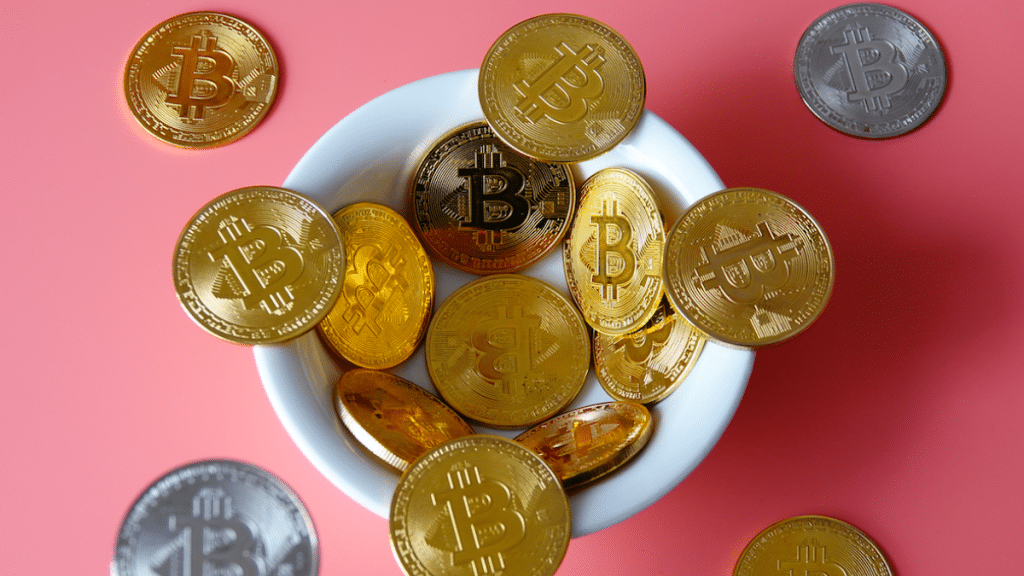As digital assets continue to gain traction in various sectors, the need for comprehensive regulations has become a focal point for governments and regulatory bodies worldwide. In recent months, there has been a growing shift towards creating legal frameworks to govern digital assets. With the rise of decentralized finance, blockchain-based platforms, and new financial technologies, regulators are stepping up to establish clearer rules to manage these innovations while ensuring market integrity and investor protection.
The Rise of Digital Assets and the Need for Regulation
Digital assets are transforming the financial landscape, offering new opportunities for investors and businesses alike. However, the rapid growth of these assets has sparked concerns over security, market volatility, and potential misuse. As more countries recognize the importance of these emerging technologies, they are focusing on implementing regulations that can protect users without stifling innovation. You can also explore Wealth Catalyst AI for further information.
Regulatory Challenges in the Digital Asset Market
One of the primary challenges regulators face is the decentralized nature of digital assets. Unlike traditional financial systems, digital assets are not controlled by any central authority, which makes it difficult to apply existing regulatory frameworks. Moreover, the lack of standardization across global markets means that what works in one jurisdiction may not be suitable for another. This has led to a fragmented regulatory environment, where businesses and investors may face uncertainty when dealing with cross-border transactions.
To tackle these issues, regulators are focusing on several key areas, including:
- Anti-Money Laundering (AML) and Know Your Customer (KYC) Regulations: Many governments are pushing for stricter KYC/AML policies to prevent the use of digital assets for illicit activities such as money laundering or terrorism financing.
- Investor Protection: Protecting investors from fraud, manipulation, and scams has become a critical concern. With the rise of decentralized exchanges and peer-to-peer platforms, ensuring that investors have access to reliable information and dispute resolution mechanisms is paramount.
- Market Integrity: Regulators are also working to maintain the integrity of digital asset markets by setting standards for transparency and disclosure. This includes ensuring that businesses in the digital asset space provide accurate and timely information to investors.
Global Approaches to Digital Asset Regulation
Different countries are taking varied approaches to regulating digital assets. While some nations have adopted proactive strategies to embrace innovation, others remain cautious, focusing primarily on risk mitigation. Let’s take a look at how key jurisdictions are addressing the regulatory challenge.
United States: A Push for Clarity and Oversight
In the United States, the regulatory landscape for digital assets remains a work in progress. The Securities and Exchange Commission (SEC) and the Commodity Futures Trading Commission (CFTC) are the primary agencies tasked with overseeing these markets. However, the classification of digital assets remains a point of contention. The SEC has indicated that certain digital assets may qualify as securities, while the CFTC maintains that others are commodities. This lack of clarity has created a fragmented regulatory approach that has raised concerns among investors and businesses.
To address these issues, lawmakers are pushing for clearer regulations. In recent months, several bills have been introduced in Congress to create a comprehensive framework for regulating digital assets, focusing on consumer protection, market integrity, and taxation. These efforts are aimed at providing businesses with the certainty they need to operate while ensuring that investors are adequately protected.
European Union: Comprehensive Digital Asset Regulations
The European Union has been proactive in creating a regulatory environment for digital assets. In 2020, the EU introduced the Markets in digital currency-Assets (MiCA) regulation, which seeks to provide a comprehensive legal framework for digital assets. MiCA covers a wide range of issues, including the issuance and trading of digital assets, the operation of exchanges, and the protection of investors.
One of the key aspects of MiCA is the establishment of licensing requirements for digital asset service providers. This ensures that companies operating in the space adhere to strict standards in areas such as AML compliance and risk management. The EU’s regulatory approach aims to strike a balance between fostering innovation and protecting consumers, providing a blueprint that other regions may look to replicate.
Asia: A Diverse Approach to Regulation
Asia presents a diverse range of regulatory approaches to digital assets. Countries such as Japan and Singapore have adopted progressive regulatory frameworks, recognizing the potential of digital assets and blockchain technology. Japan, for example, has established a licensing system for digital currencycurrency exchanges and has strict KYC/AML requirements to protect consumers.
On the other hand, countries like China have taken a more cautious approach, with the government imposing strict regulations and even banning certain activities related to digital assets. This dichotomy highlights the varied attitudes toward digital asset regulation in Asia, with some nations embracing innovation and others opting for caution.
The Future of Digital Asset Regulation
As digital assets continue to evolve, it is clear that regulation will play a crucial role in shaping their future. While some countries are moving toward comprehensive regulatory frameworks, others are still grappling with how best to approach the issue. In the coming years, we can expect greater global coordination on digital asset regulations, as policymakers seek to create consistent standards that can be applied across borders.
For businesses and investors, understanding the regulatory environment is essential for navigating the complexities of the digital asset market. With clearer regulations on the horizon, there is hope that these markets will become more stable and secure, fostering greater innovation and growth.
In conclusion, as digital assets continue to revolutionize the financial industry, regulation is necessary to ensure that innovation proceeds responsibly. With more nations developing comprehensive frameworks and cooperating on global standards, the future of digital asset regulation appears poised for growth and stability. Investors, businesses, and regulatory bodies will need to remain adaptable, working together to strike a balance between innovation and risk management.
